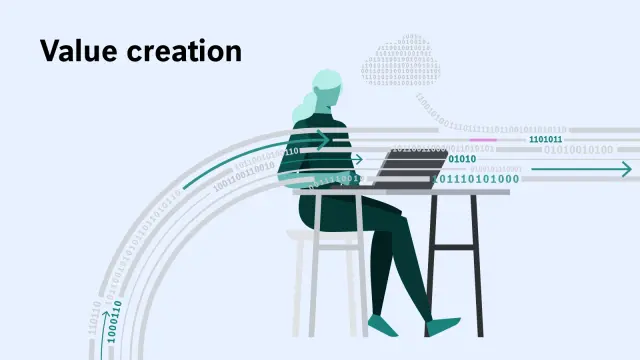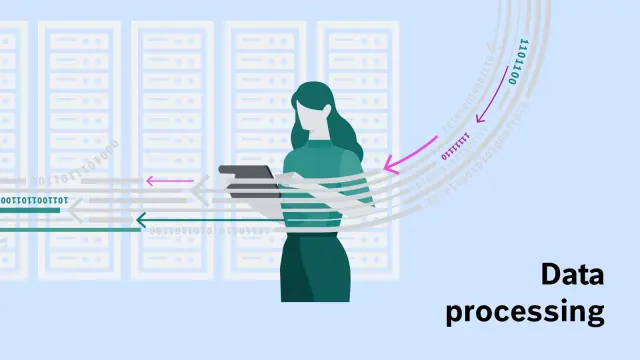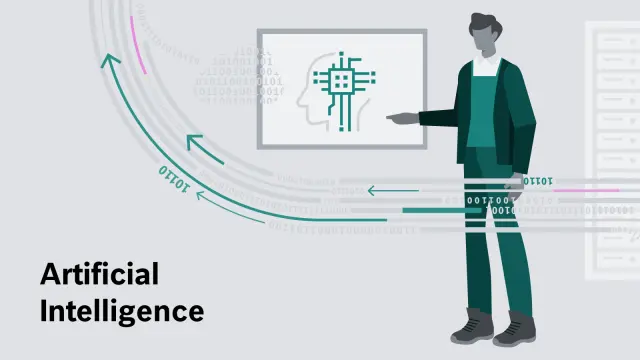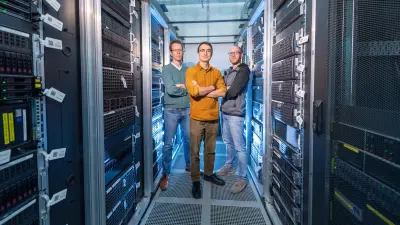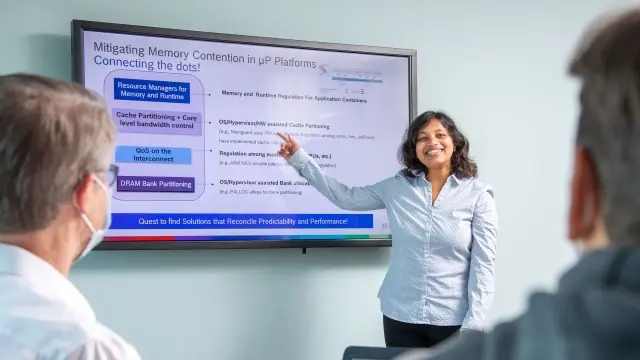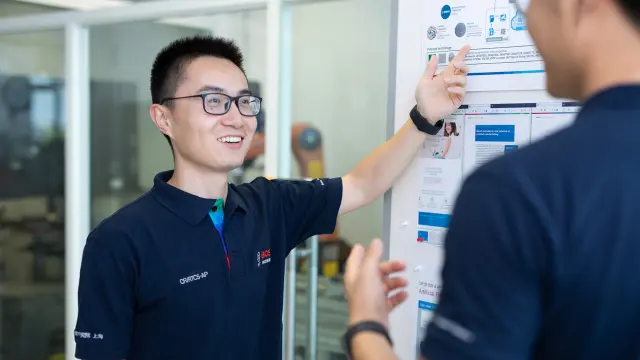AIoT
Bosch Research boosts trust in and the reliability of AIoT
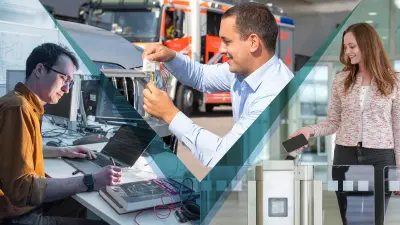
Shaping the transformation: the use of artificial intelligence within the Internet of Things
In the Internet of Things (IoT), we connect intelligent products and services, generating added value for our customers. By adding AI, we create a closed value creation cycle and focus even more on users. The data resulting from the use of intelligent, connected products and the interaction between people and machines and machines themselves are the key factor in this context. By linking IoT with AI and machine learning, we can draw the right conclusions from huge quantities of data and react to these data during product engineering in seconds. We learn from the data and can thus improve our products and services on an ongoing basis. AIoT makes it possible to develop new products more quickly. At the same time, we can optimize customers’ products during their lifetime for example by using over-the-air updates or we can add new functions.
By using data as a basis for optimizing and personalizing our products, the need for privacy and AIoT security grows. The greater people’s trust in the AIoT, the greater their acceptance. At Bosch Research, we are involved in numerous research projects in order to build this trust.
Our research results in a secure and reliable AIoT
Bosch Research puts in place the technological basis for a more reliable and secure AIoT and thus allows applications and products which are even better geared to customer needs. The focus is always on handling user data in a trusting manner too. After all, customers often ask the following questions when using connected products: How do I keep track of things when dealing with complex processes? How are my data protected against unauthorized access or even manipulation? How is data misuse prevented? Bosch Research takes this seriously, provides answers to questions with technological solutions and products and boosts people’s trust in AIoT:
With self-sovereign identities (SSI), users are given sovereignty over their passes and certificates in the digital world, self-learning sensors such as those in the embedded AI based siren detection project achieve greater safety during autonomous driving and automated security testing protects software against hacker attacks. In the field of agriculture, our project Agri-Gaia offers a digital ecosystem for more efficient and intelligent farming.
Develop, connect, improve: the AIoT cycle
The so-called AIoT cycle – a value creation cycle comprising four phases – shows the benefits of linking AI and the IoT:

